Architecture is constantly evolving, and adapting to new technologies, materials, and societal needs. In recent years, the focus has shifted towards sustainability, flexibility, and accessibility, leading to the rise of innovative and cutting-edge designs. Trends such as biophilic design, smart buildings, and modular construction are shaping the future of the architecture industry, pushing boundaries and creating spaces that are functional, beautiful, and environmentally conscious.
TOVA Prototype or Use Of Recycled Materials Trend
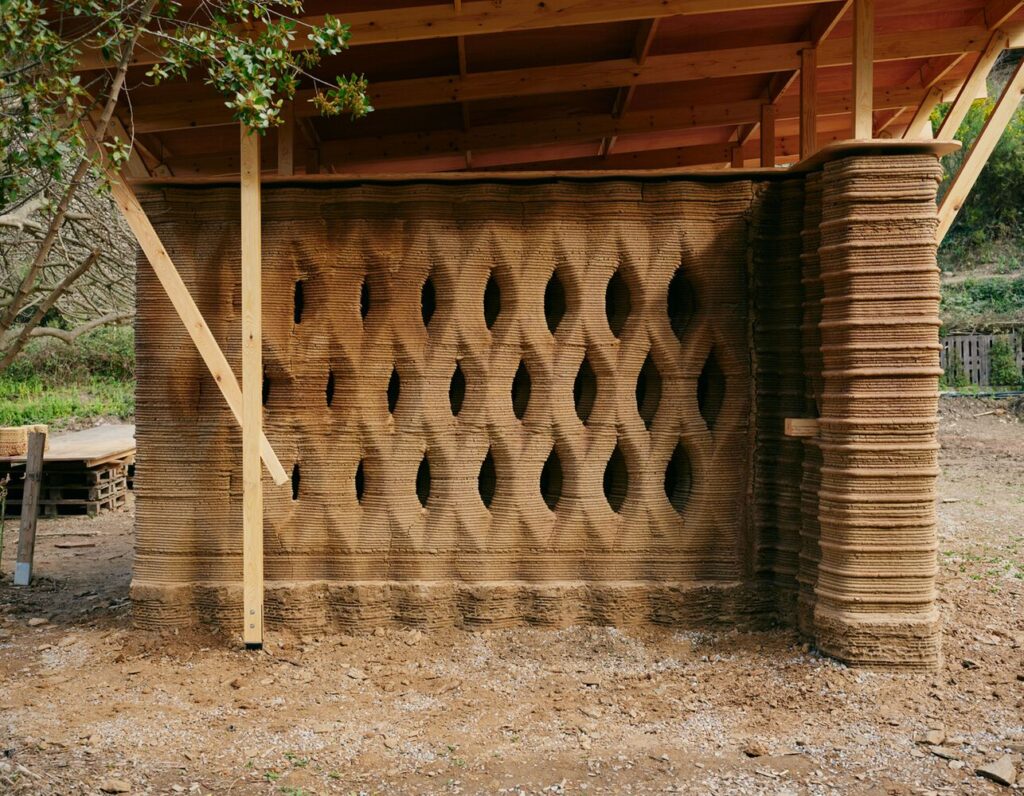
source: pinterest.com
A research project called TOVA was created by the Institute for Advanced Architecture of Catalonia (IAAC) in Barcelona, Spain. The project explores the use of recycled materials and sustainable construction techniques by using 3D printing technology to generate full-scale building components and structures. It is one of the unique architectural trends in 2023.
The project’s objectives include showcasing the application of 3D printing in the building industry and advancing technology in the direction of the creation of affordable, sustainable homes and other buildings. The construction in this type of design is made from local earth material. It is a task of just seven weeks. Moreover, it has zero waste.
Use Of Hempcrete In Architecture Designs
The use of hemp is one of the latest architectural trends across the globe. The use of hemp is increasing due to the material’s sustainability and environmental benefits. Hemp is a fast-growing, renewable resource that requires minimal inputs of water and pesticides to grow, making it a much more sustainable option than traditional building materials like wood and concrete.
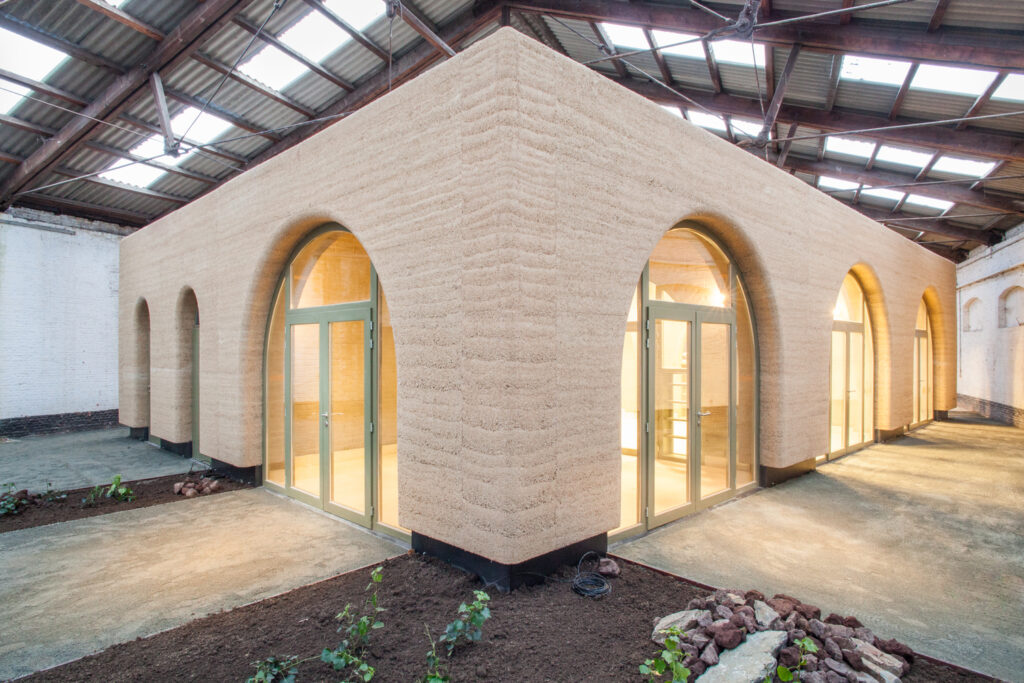
source: arch2o.com
About the latest trends in architecture, hemp can be used to create a wide range of building components, including walls, roofing, insulation, and flooring. The plant’s inner fibers can be used to create a strong and durable material known as hempcrete, which is used as an insulation and structural material. Additionally, hempcrete is breathable. This can help to improve indoor air quality and reduce the risk of mold and mildew.
Moreover, the use of hemp in construction can also help to reduce the carbon footprint of buildings. It has a high carbon sequestration rate, which means that it can absorb large amounts of carbon dioxide from the atmosphere. Additionally, hempcrete is also a non-toxic, fire-resistant material that is useful in construction.
3D Printed Designs
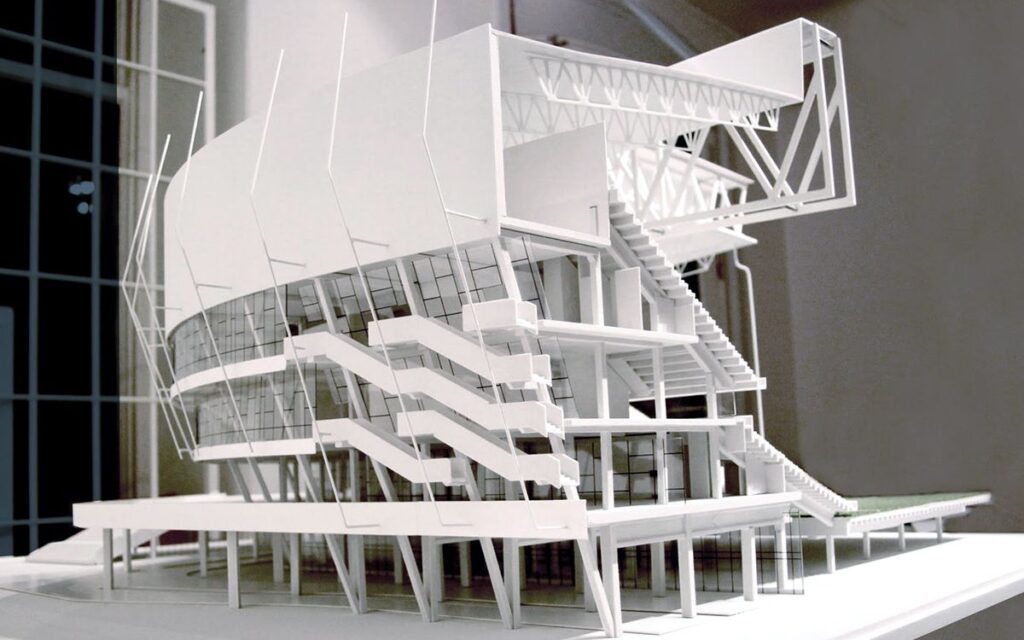
source: pinterest.com
The 3D design allows architects and designers to quickly and easily create detailed, accurate representations of their ideas and automate adjustments. This makes it much easier to visualize the result and implement necessary modifications throughout the design process. In addition, it makes it much easier to create prototypes and simulations to test the design before it enters production.
3D printing can also create full-scale building components and entire structures, which could revolutionize the construction industry. For instance, the world’s first 3D-printed commercial building was recently unveiled in Dubai, which took 17 days to print and measures 2,600 sq ft.
Use Of Cork In Cladding
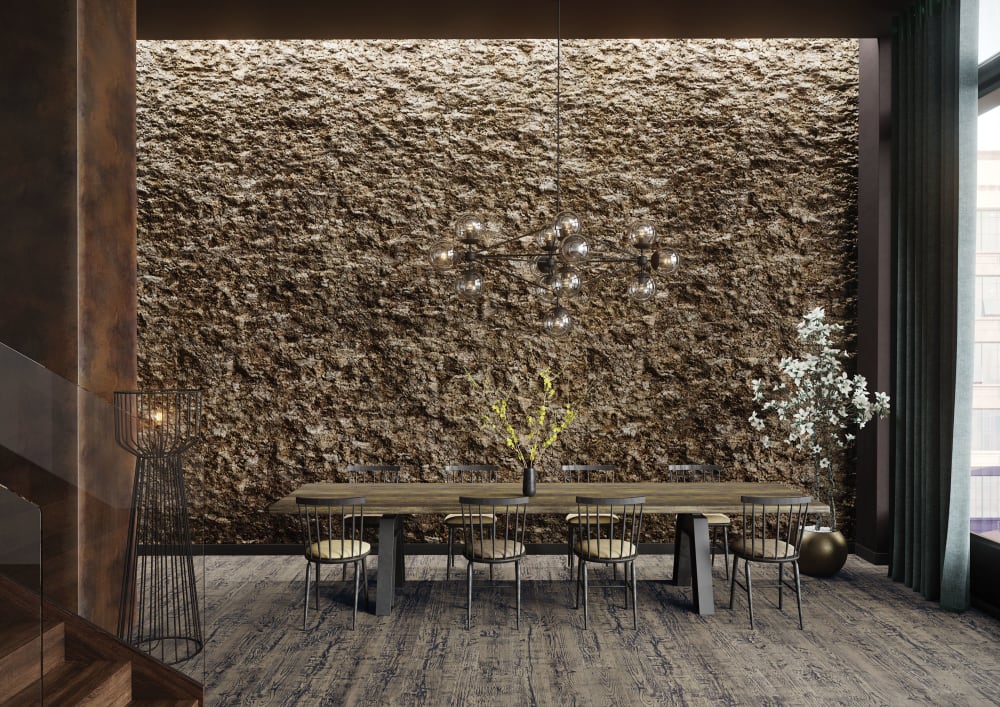
source: pinterest.com
The use of Cork in construction is one of the most popular trends in architecture due to its sustainability benefits. One of the main benefits of using cork in cladding is its insulation properties. Cork is an excellent insulator, which can help to reduce energy consumption in buildings and lower heating and cooling costs. This can also help to improve indoor air quality by reducing the need for artificial heating and cooling.
Additionally, cork is a renewable resource, as it can be harvested from the bark of cork oak trees without harming the tree. The bark of the tree regenerates after it is harvested, making cork a sustainable and eco-friendly material choice.
Cork is also a natural and durable material. Cork cladding can be used in a variety of applications, including walls, floors, and ceilings, and it can withstand exposure to the sun, water, and extreme temperatures. Cork is also fire-resistant and does not release toxic fumes when exposed to fire.
In terms of aesthetics, cork offers a natural and warm look, making it suitable for different architectural styles. Furthermore, cork is a lightweight material, making it easy to install and handle.
Biophilic Urbanism
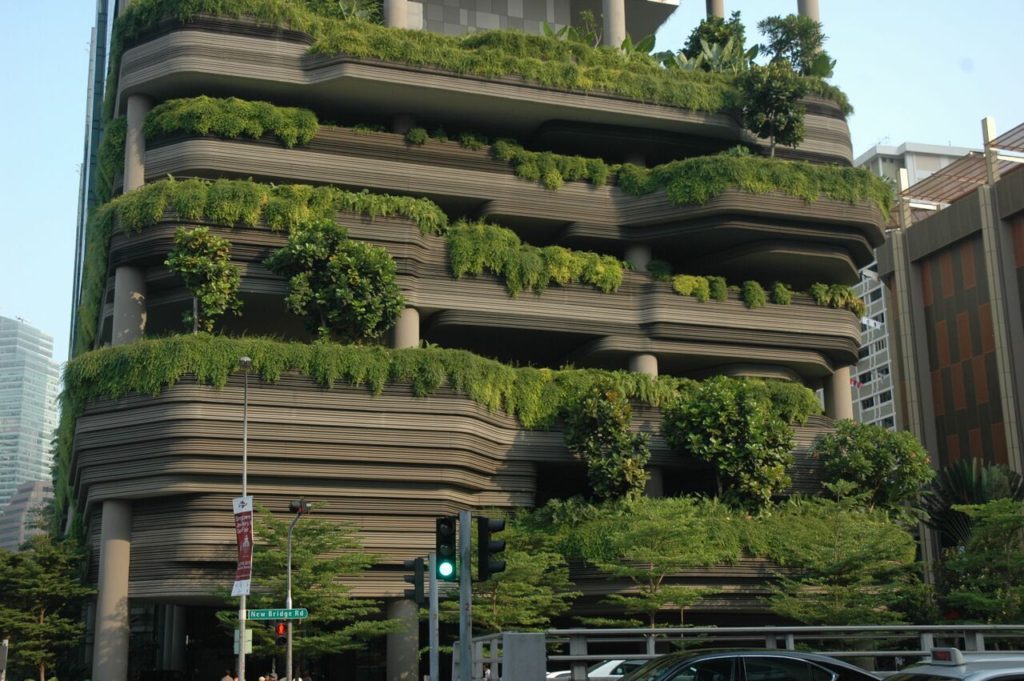
source: pinterest.com
Biophilic urbanism is one of the most followed architectural trends in 2023. It is a holistic approach that seeks to create a balance between human well-being, urban development, and environmental protection. This approach can be used to design and plan cities that are more livable, sustainable, and resilient, and that promote a deeper connection between people and nature.
The approach of Biophilic urbanism emphasizes the integration of natural elements in architectural trends. For example, parks, gardens, green roofs and walls, and natural water features. This can include the incorporation of plants, trees, and other vegetation into buildings, streetscapes, and public spaces. It also includes the design of buildings that allow for natural light, air, and views, as well as the creation of walkable, bikeable, and green transportation options.
Additionally, it also aims to promote biodiversity and ecosystem services in urban architecture design trends. It connects people to nature in a meaningful way.
Floating Living Areas Or Floating Buildings
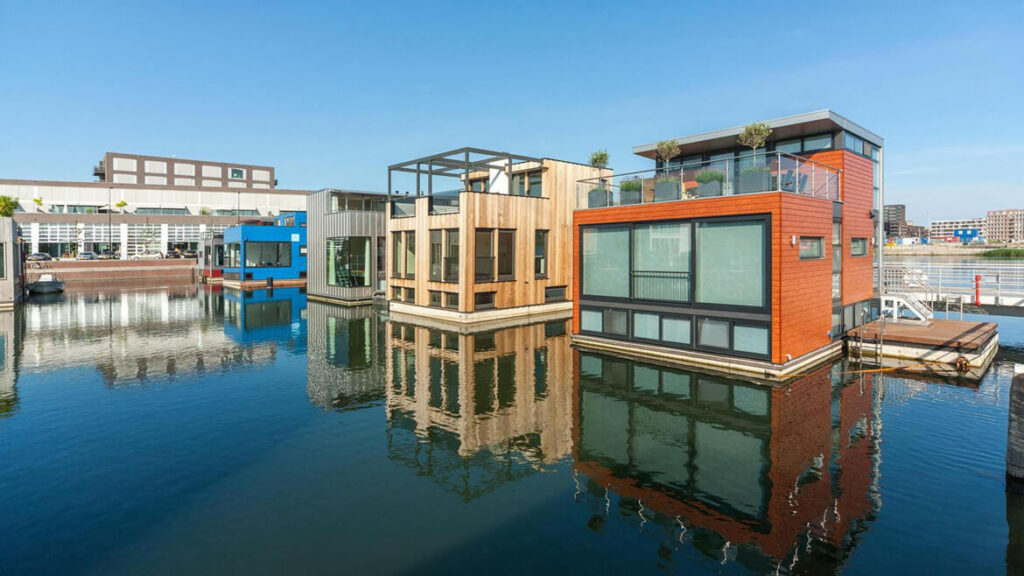
source: waterstudio.nl
Floating living areas or floating buildings refer to structures that are designed to float on water, such as on a lake, river, or ocean. These structures can be used for a variety of purposes, including residential, commercial, or recreational use.
Floating homes, for instance, are typically designed to be self-sufficient and have all of the amenities of a traditional home, including a kitchen, bathroom, bedrooms, and living spaces. They are often used as primary residences or as vacation homes.
Floating buildings offer several benefits. They can be used to create new living and working spaces in areas where land is scarce or expensive. They can also be used to create new recreational spaces in densely populated areas. Additionally, they can be a sustainable option as they can be powered by renewable energy sources and have a low impact on the surrounding environment.
Final Word
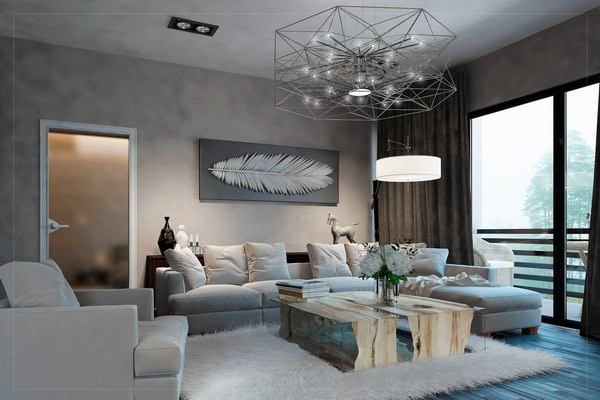
source: indecortrends.com
In conclusion, architectural trends are a reflection of the changing times and the collective consciousness of society. As the world continues to evolve, so will the field of architecture. Whether it be through advancements in technology, a shift towards sustainability or a drive for accessibility, the future of architecture is exciting and full of possibilities.
The trend towards innovative and conscious design is set to continue, shaping the built environment and the way we live in it for years to come.


